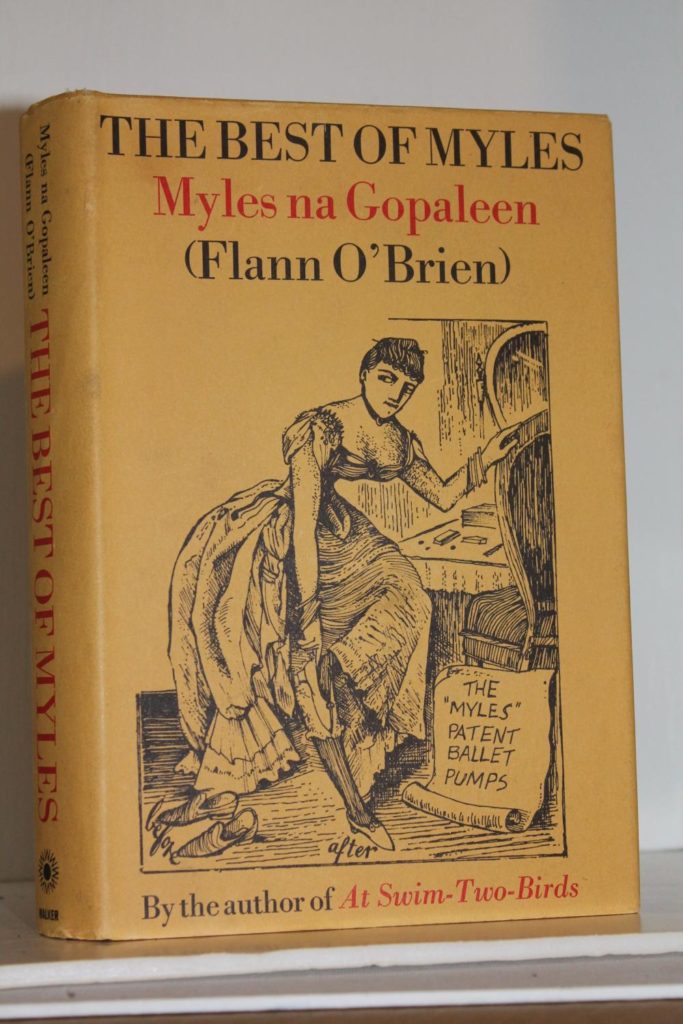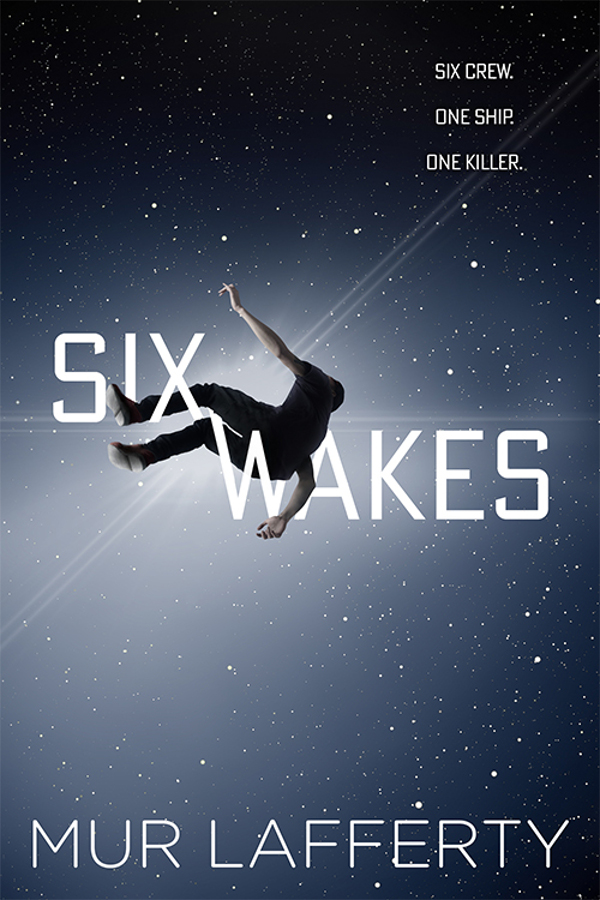I was excited for Six Wakes in Austin Feminist Sci-Fi Book Club because it sounded like a sci-fi whodunnit, with a fun twist that everyone involved is a clone on a generation space ship.
Turns out, it was a less of a whodunnit and more just an intellectual riff on human cloning. Was the problem with me? Was it in the book? Was it false advertising or did I just make certain assumptions based on my own predilection for whodunnits? Who knows!
Our characters, all clones who are crew on a generational space ship full of humans in cryostasis, wake up to a serious emergency: they’ve all been murdered and one of them is the killer. Unfortunately, their most recent memory updates are from twenty-four years earlier, when they first came aboard the ship. Time to play some real-life Mafia! The book jumps back and forth between developments on the ship and each character’s backstory: turns out their random selection to crew this vessel was not entirely random after all.
Unfortunately (for me), you can’t approach the book from a whodunnit perspective. I’m not a genius at these sorts of things, I don’t always or even often guess the killer before the parlor scene, but you do get into a reading mode where you file away innocuous little details that the author seemingly drops off-hand because they tend to be important clues later. A mug is found wedged under a console and a character muses he must have been getting sloppy in his past life if he was drinking from open containers around the computers. The same character, upon stumbling across his corpse (death by hanging), takes pains to notice that he only has one boot on. Things like that.
Details that turn out to be entirely extraneous!
The mystery in the book is the same flavor of the worst Detective Conan stories: essential pieces of backstory are withheld until it’s too late for the reader to make any use of it themselves. There are no actual clues, just a great deal of foreshadowing. Sometimes, ironically, too much foreshadowing: one character isn’t actually a clone, except the hints that get dropped about their clone-less past are so obvious that I just got frustrated with how long it took the book to confirm it.
As a meditation on identity in the face of cloning and infinite bodies, though, the book also kind of fizzles. While they’re not completely analogous situations, the Trill from Star Trek or the imago machines from A Memory Called Empire do more interesting things with “near-infinite lifespan due to rebooted bodies” than anything that happens in Six Wakes. The juiciest part, philosophically, doesn’t even involve the main characters—it’s a third-act plot twist involving the ship’s AI.
And as for the story, outside of the murder-mystery and philosophical trappings, it’s slightly deflating. Clones and cloning are still controversial on Earth for reasons that feel flimsy at best (all religions take a hardline stance against cloning? really? and seemingly never let up?) and the obvious actual ethical problem with how cloning is set up in the book—the memory backups for clones would basically be like taking a random stranger who happens to look exactly like you and injecting your memories and yourself into them instead of letting them retain their own perceptions or develop their own personality—is never addressed. Maybe the latter is because Lafferty is very frank about how the idea from the story came from a video game mechanic, and once your idea is based on a simple video game technique to reboot a character instead of how cloning actually works, you’re doomed from the start. Other flimsy characterizations and deus ex machina style plot events also feel like Lafferty painted herself into a corner and couldn’t get out, which is never a very satisfying feeling while you’re reading.
I also can’t deal with the cover, at least for the edition I read (pictured above). The body looks like something an art student would have churned out in Blender twenty-odd years ago for an anatomy study in CGI homework assignment. Surely you have more budget than that, Orbit Books! (And, spoiler, no one gets tossed out an airlock into space, so it’s also a bit misleading.)
If you go in with zero expectations and just want something to read on a plane or at the beach, Six Wakes is fine. Good, even. But I went in with high expectations that the story wasn’t able to live up to.

